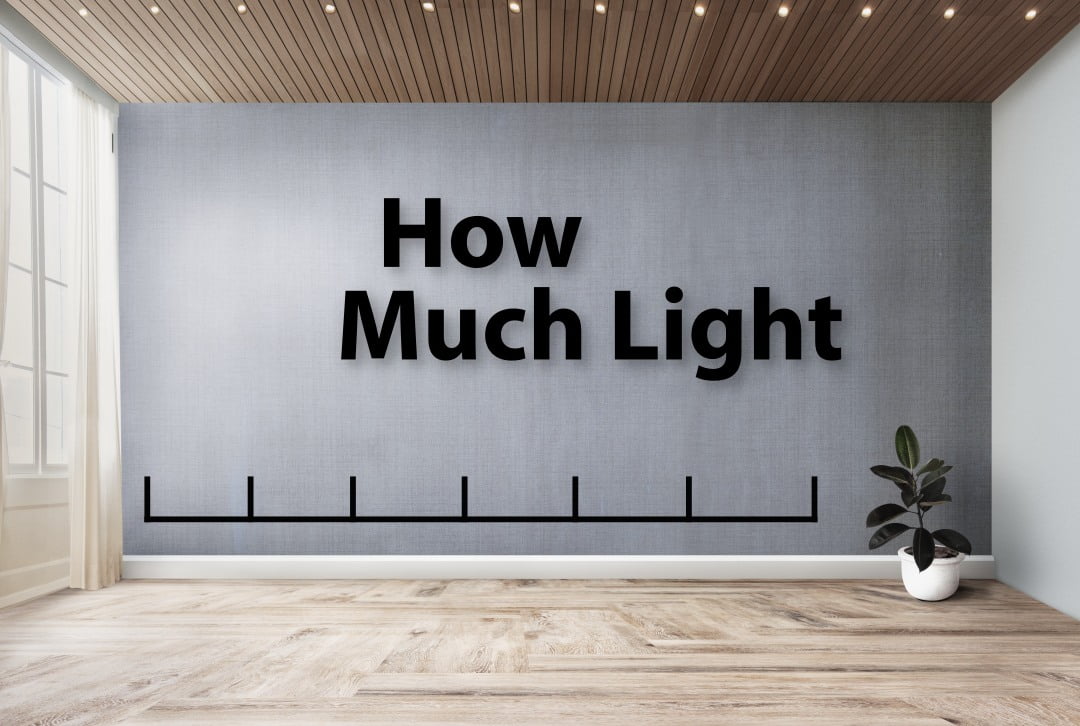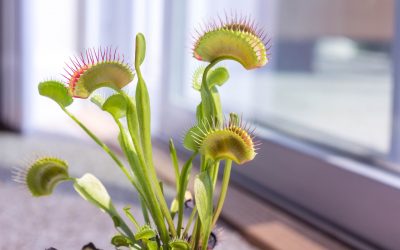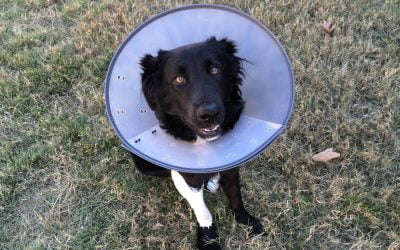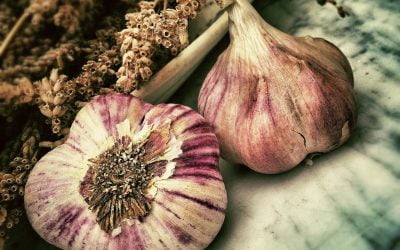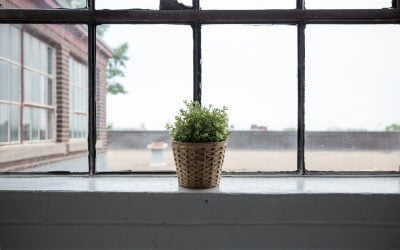We all know that plants require light. Some require tons of light while others not so much. But there’s not much to debate that almost every plant does require natural or artificial light to facilitate growth and health. In older eras, there were not many substitutes for natural light, but in today’s world, there are.
When indoor gardens and grow rooms were made possible, the lighting was always a question, but fortunately for us, that got resolved very quickly. Fluorescent LEDs and other lights were introduced as alternatives to natural light because these lighting types had the properties that could improve the growth of the plants and help in photosynthesizing. The appropriate lighting is vital for any plant.
But the question remains, how bright should your lights be for your indoor plants? How many lumens do I need for indoor plants?
We need to get a little technical here because it’s essential to understand how it works. The first thing to get to know about here is lumens, or lux (lumens per square meter). Light intensity is measured and rated in units called lux.
While talking about the right kind of lights is another day’s talk, we must understand right now about lux and how many lumens needed to grow plants. For reference purposes, lux is the standard way to measure any light’s intensity or the lighting itself. If it intrigues you, you can easily get a cheap lux meter to check how many lux your lights have.
As you can see below, it clearly tells the significance and values of lux for each average phenomenon that we see in our daily lives. From moonlight on a clear sky to direct sunlight, lux go from lowest to highest.
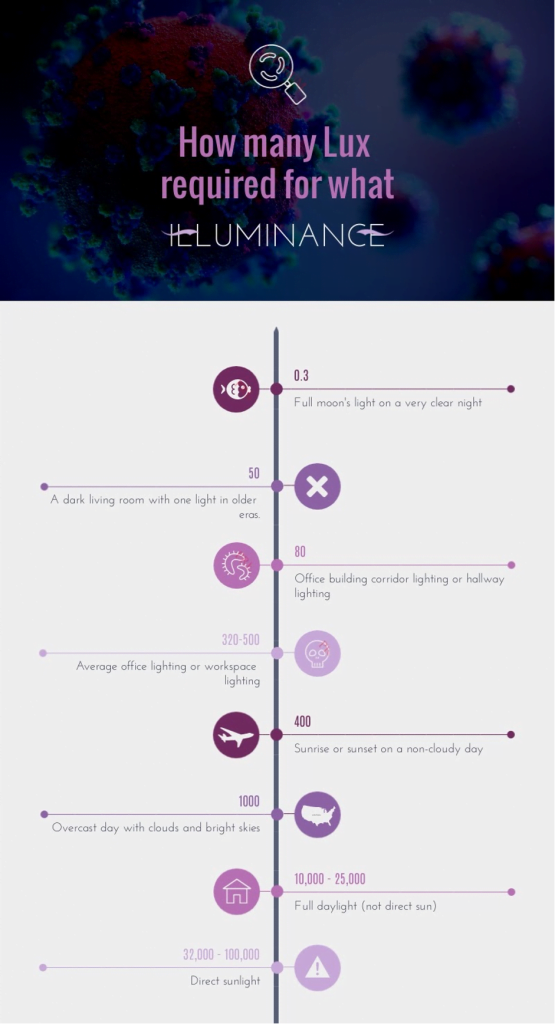
How many lumens do plants need? Lumens required to grow plants?
A lot of people will tell you that their plants died and they don’t know the reason. They often suspect that it happened because of an inadequate environment or improper food. Statistics suggest that most of the time, this happens because of poor lighting conditions. Poor lighting conditions don’t necessarily mean that the light is less. It simply means that the light was not according to the plant’s liking.
The important thing here is to notice that while most plants will survive as 1/10th of the lumens they require, but their growth will not be as optimal as we want.
There are four different kinds of plants when it comes to light requirements as you can see below.
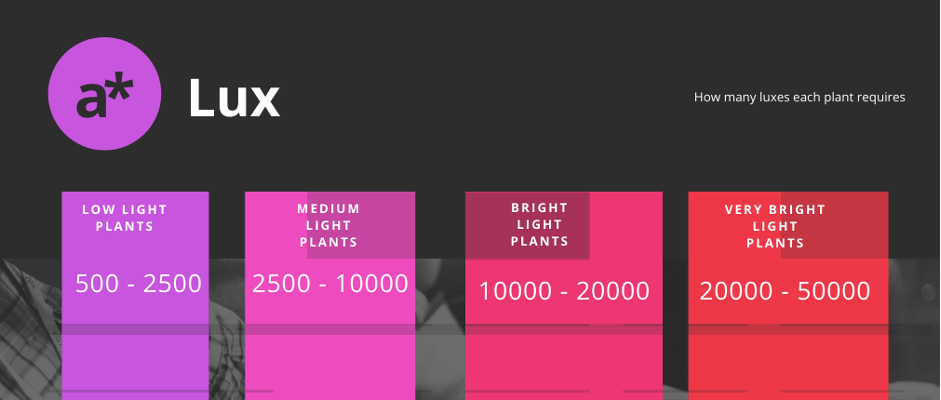
Where should I place my plant for optimum light?
Okay, so first things first, once you have gotten the best lumens for growing plants, the thing you need to do is to decide where you are going to place the plants. Whether it’s going to be under the lights or completely away, that’s the question. It all depends on how many lumens to grow plants that you have.
Unfortunately, all plants have different light requirements so you will have to look up about your plant on the internet or ask around your local nursery. Once you do know what kind of light your plants require, you can proceed with the placement.
Let’s talk about what types of light are available so you can get a better idea of how to place them. These are the light types that your plants will require, so see which one is the most suitable and go with that one.
- Bright Light
If your plants require bright light, you can place right next to a window that faces the sun for most of the day so it gets optimal light. But since we are talking about indoor plants, the question is how many lumens for indoor plants?
These are the plants that need to be placed directly below or in front of the lights that can get 20000 – 50000 lumens of light.
- Bright but indirect light
These are the bright light plants that we talked about in the graph above. These are the ones that require 10000 – 20000 lumens of light for the most part of the day, so you can place them right below the lights. Since they are plants, they can give or take some light, so if you have a greatly intense light available, that should be enough for both very bright light plants and bright light plants.
- Medium-light or shaded
These are for the plants that desire a normal amount of light per day. They don’t want direct light, and they are good with an average amount of lumens. You can place these plants in the same room as the lights but not in direct contact. A bit of shade from the lights is okay, but no direct lights on these plants.
- Low light or entirely shaded
These are low light plants that will thrive in such shady conditions. Place them away from the lights and in corners/areas of the room where there’s not much light to have.
So how much light does my specific plant need?
Well, all that we talked about is fair and clear, but how much light does your specific plant need? How many lumens for your indoor plants? That’s the chunk of the puzzle we are trying to solve here, and the answers are pretty straightforward.
There is no one answer for all plants or a specific group of plants about this question, but you can easily google the specific plants you have, and you will easily find the guides as well as the necessary information as to whether your plants are low light plants or medium or bright light plants.
One more thing to take note of here, almost all plants do require darkness too. If you have the basic knowledge of plants, you would know that no plant requires constant 24/7 light, so make sure they get their rest in darkness as well.
Better lighting for happy growing!
